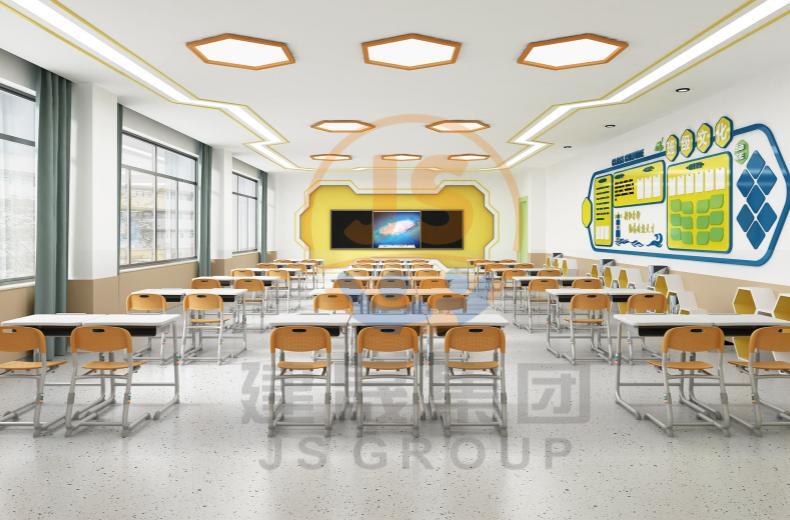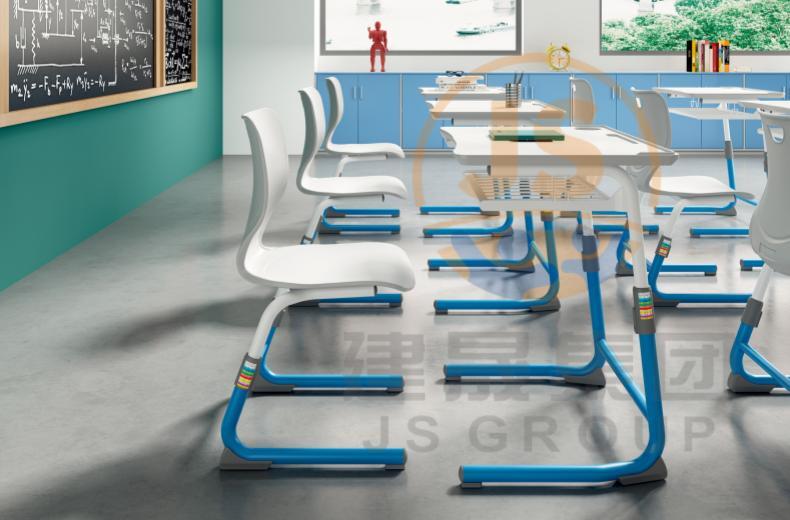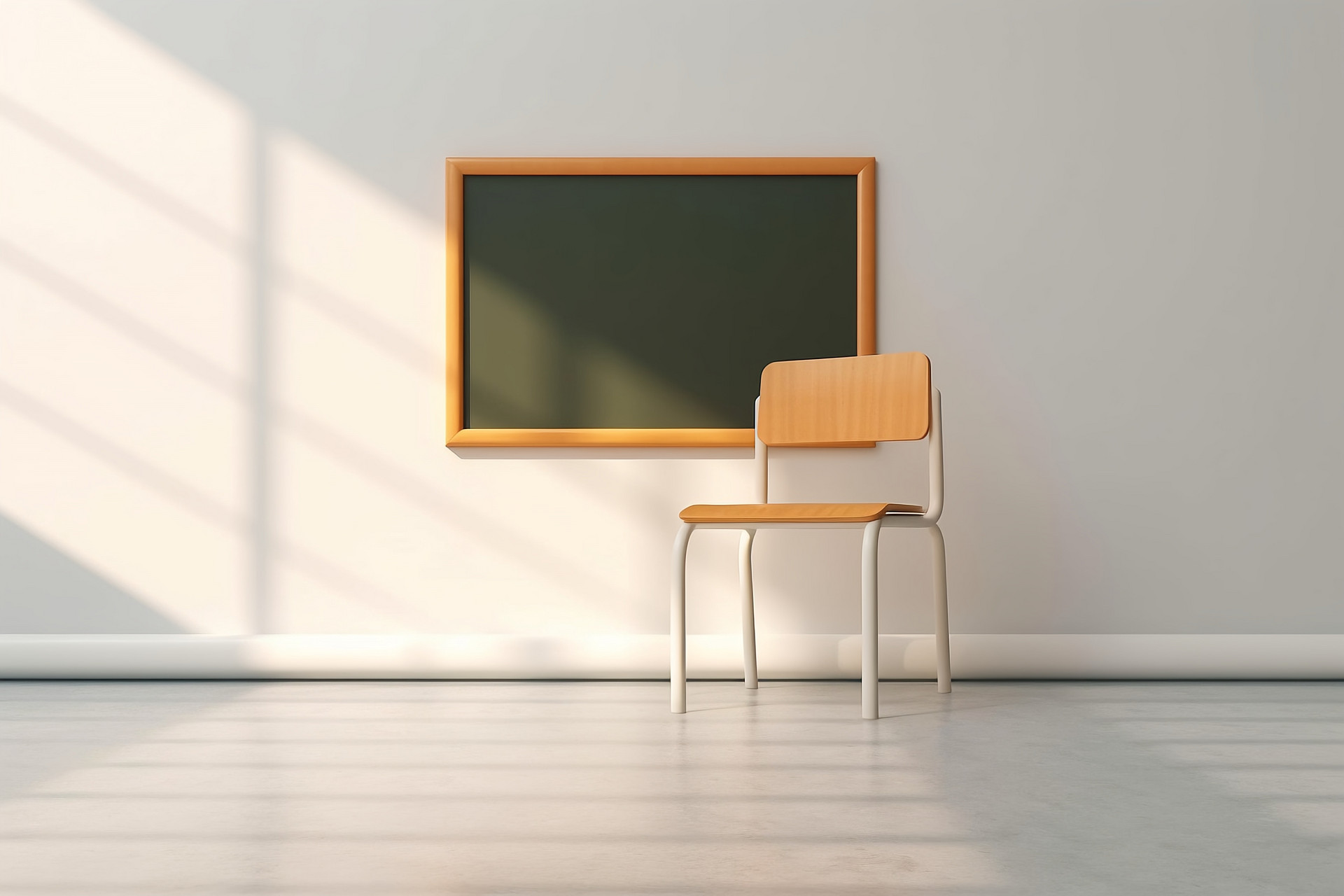School furniture is closely related to the educational environment
The educational environment plays a crucial role in shaping a student's learning experience. School furniture is an integral part of this environment and various activities over the years have highlighted its importance. This article aims to explore some notable incidents related to school furniture and educational environments.
An important event in recent years has been the growing recognition of the impact of classroom design on student learning outcomes. Research has shown that the physical environment of the classroom, including the choice of furniture, can affect student engagement, behavior, and academic performance. As a result, educational institutions and policy makers began to prioritize the design and placement of school furniture. The event led to the adoption of student-centered design, flexible seating options and collaborative work Spaces that promote active learning and student empowerment.

Another event that has caused concern is the integration of technology in the classroom and its impact on school furniture. With the increasing use of digital tools and devices in education, schools have had to adapt their furniture to accommodate these technological advances. Events such as the widespread adoption of interactive whiteboards, laptops, and tablets have led to the development of furniture designs that incorporate features such as charging ports, cable management systems, and ergonomic considerations for device use. This event transforms traditional classrooms into technology-rich environments that support digital learning.
In recent years, there has also been a growing focus on creating inclusive learning environments. The incident prompted educational institutions to consider the needs of students with disabilities or special needs when designing school furniture. Adjustable tables and chairs, wheelchair furniture and sensory-friendly seating options are some of the examples of inclusive furniture design that emerged at the event. The aim is to ensure that all students have equal access to education and can participate fully in classroom activities.

In addition, in the context of school furniture and educational environments, sustainability has become a prominent event. With increased awareness of environmental issues, schools and policy makers are prioritizing sustainable practices and materials in furniture design. This event promotes the use of environmentally friendly materials such as recycled plastics and responsible wood for the manufacture of school furniture. It has also prompted the school to implement recycling programs and adopt energy-efficient furniture designs. With a focus on sustainability, it aims to create an environmentally conscious learning environment and instill sustainable values in students.
In summary, several events shaped the relationship between school furniture and the educational environment. Awareness of the impact of classroom design, the integration of technology, an emphasis on inclusivity, and a focus on sustainability have all influenced the development of innovative furniture design. As educational institutions continue to evolve, it is important to consider these events and their impact on school furniture to create engaging, inclusive and sustainable learning environments for students.


